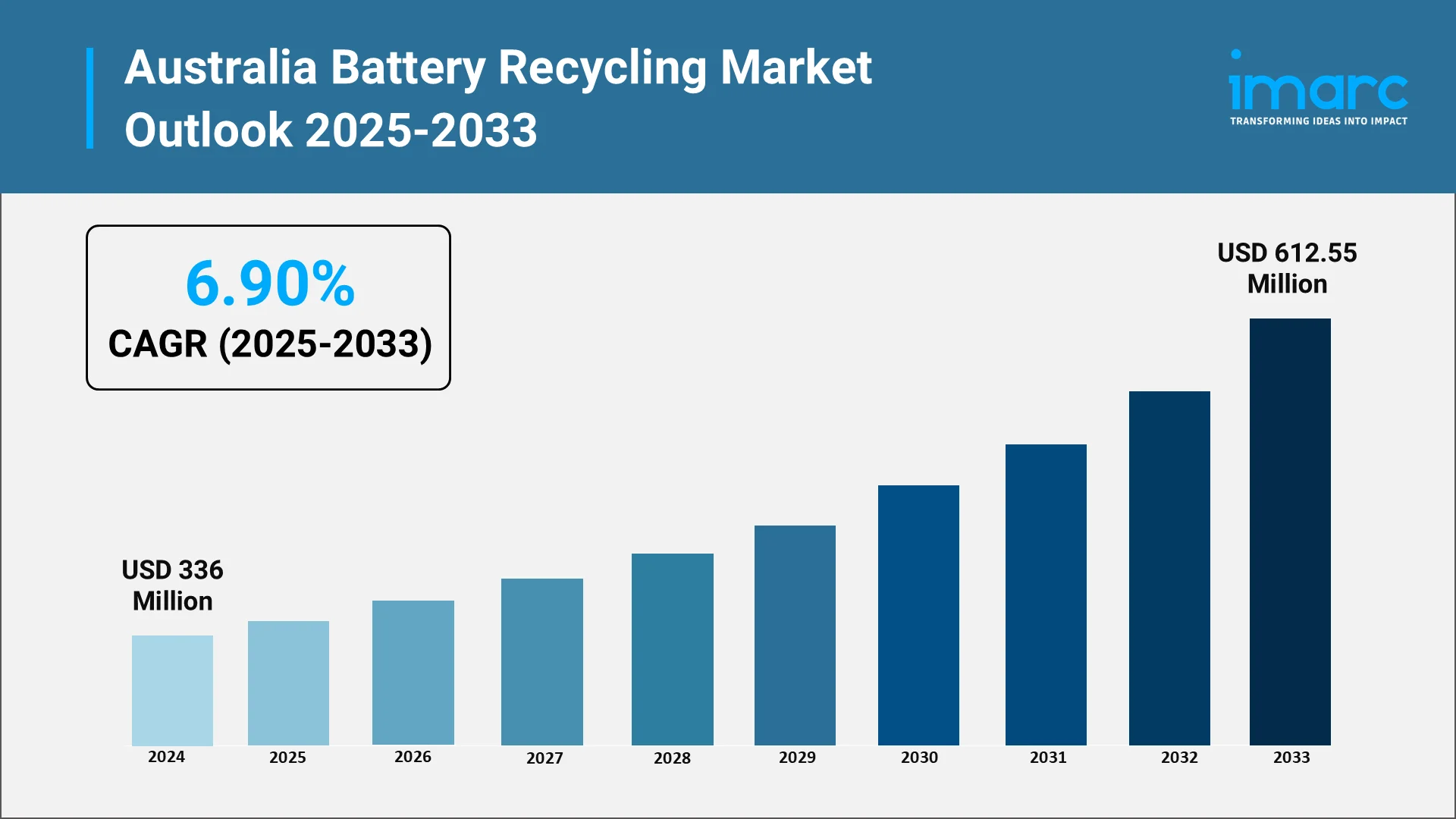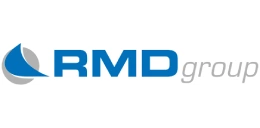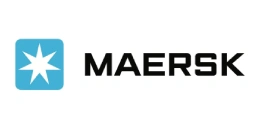How AI is Shaping the Future of Battery Recycling Industry in Australia?
.webp)
Australia's battery recycling market is charging ahead, with a value of USD 336 Million in 2024 and no signs of slowing down. Driven by the booming demand for cleaner, greener solutions—especially in the Australia battery energy market and electric vehicle (EV) sectors—the industry is expected to reach USD 612.55 Million by 2033. That’s a steady growth rate of 6.90% annually from 2025-2033. This upward trend isn't just about numbers; it signals a powerful shift toward smarter waste management and a stronger circular economy, where sustainability takes center stage.
Artificial intelligence (AI) is driving this transformation, making battery recycling smarter, faster, and more eco-friendly. From identifying battery types to streamlining disassembly, AI-powered systems improve efficiency, reduce risks, and recover more valuable materials. By minimizing human error and labor costs, AI is helping create scalable, sustainable solutions to meet rising battery demand.

Explore in-depth findings for this market, Request Sample
Algorithms in Action: AI Reshaping Battery Recycling in Australia
AI is poised to significantly influence the transformation of Australia’s battery recycling sector by enhancing efficiency and sustainability. Through accurate sorting, streamlined processing, and better recovery of precious materials, AI can automate intricate tasks and evaluate extensive data sets to boost operational efficiency and lower costs, thereby improving and scaling recycling processes. As an integral part of the Australia battery energy management market, AI also has the potential to optimize battery usage and storage, minimizing waste while enhancing energy storage systems, thus contributing to a more sustainable energy future.
AI-driven innovations might not only offer economic advantages but also greatly enhance environmental sustainability. Through AI, the sector could lower hazardous waste levels and utilize natural resources more efficiently. AI-driven efficient recycling could reduce the need for raw material extraction, thus lessening the environmental impact linked to battery manufacturing and disposal.
Moreover, AI has the potential to aid Australia’s shift towards a circular economy by facilitating the responsible handling of end-of-life batteries from EVs and energy storage solutions. Through the promotion of sustainable practices, AI can provide lasting environmental and economic advantages, contributing to the creation of a more sustainable future for the nation.
Power Moves: Policy Shaping Australia’s Battery Recycling Landscape
The Australian government is actively supporting the growth of the battery recycling industry through a range of initiatives focused on sustainable waste management and technological advancements:
- Funding Programs and Grants: The governing authority offers monetary assistance to companies and research organizations focused on developing novel recycling technologies and infrastructure initiatives. This encompasses funding for the advancement of innovative recycling technologies, including battery material recovery and waste-to-resource methods, to enhance the industry's efficiency and sustainability. As part of these efforts, significant emphasis is placed on lithium-ion battery recycling Australia, as it plays a crucial role in reclaiming valuable materials and reducing the environmental impact of battery waste.
- Recycling Infrastructure Investment: Significant funds are being allocated to construct and enhance recycling facilities throughout Australia, allowing the nation to manage the increasing amount of disposed batteries. This involves enhancing the ability to sort, dismantle, and recycle various battery types to facilitate the circular economy. For instance, in 2025, Livium secured an $850,000 grant from the Western Australian Government to establish a state-of-the-art battery recycling facility. The facility will focus on collecting, sorting, and processing batteries, in line with WA's e-waste landfill ban effective July 1, 2024. This initiative supports Australia's transition to a circular economy and sustainable battery waste management.
- National Recycling Policy: The federal government is establishing a unified policy framework to direct the recycling sector, establishing national benchmarks for collection, recycling, and disposal. It emphasizes minimizing ecological impact, guaranteeing safe recycling methods, and encouraging the incorporation of recycled materials in new batteries and products. his policy is integral to the growth of the Australia battery market, as it aligns with efforts to enhance recycling practices, increase material recovery, and support sustainable battery production and usage.
- Circular Economy Transition: The governing body is proactively facilitating the shift towards a circular economy, emphasizing waste reduction and enhancing resource recovery. This involves promoting the recycling and repurposing of battery components, decreasing the necessity for raw material extraction and lessening the ecological footprint of battery manufacturing. A significant step in this direction is the Ecocycle Group's $30 million funding, revealed in 2024, to establish Australia’s largest lithium battery recycling facility, anticipated to handle more than 25,000 tons of batteries each year by 2025. This facility aims to recover as much as 98% of active materials, promoting a sustainable circular economy and assisting in the management of increasing battery waste throughout Australia, New Zealand, and the Pacific Islands.
- State-Level Initiatives: Different state administrations are introducing community programs to enhance individual participation in battery recycling. These programs feature awareness campaigns, recycling collection sites, and rewards for people and companies to correctly discard used batteries, aiding national recycling goals. These state-level efforts are further reinforced by legislative actions aimed at enhancing recycling practices and safety. In 2025, NSW introduced the Product Lifecycle Responsibility Act, the first legislation in Australia requiring battery suppliers to ensure safe design, disposal, and recycling to reduce fire risks. The act targets lithium-ion batteries, a leading cause of waste facility fires, and includes smaller embedded batteries in everyday devices. This law aims to improve safety, increase recycling, and hold suppliers accountable.
Powerhouses of Progress: Australia’s Top Battery Recycling Innovators
Major participants in Australia's battery recycling sector are progressively enhancing their infrastructure to address the growing need for eco-friendly battery disposal and recycling options. They are putting resources into cutting-edge technologies to enhance material recovery, increase efficiency, and manage various battery chemistries. Moreover, these firms are establishing strategic collaborations with governmental agencies, vehicle manufacturers, and energy suppliers to improve recycling systems and adhere to changing regulations. Dedicated initiatives in innovation, scaling operations, and enhancing user awareness are propelling industry growth while aligning with national sustainability objectives and circular economy ideals. This drive for innovation and collaboration is further exemplified by significant partnerships aimed at advancing sustainable recycling practices. In 2025, Ace Green Recycling partnered with Enecell to advance sustainable battery recycling in Australia, securing a 10-year exclusive offtake agreement for recycled lead from Enecell’s Perth facility. They plan to install Ace’s zero-emission GREENLEAD® technology and explore lithium battery recycling using LithiumFirst™ technology. This collaboration aims to boost Australia’s circular economy and support stricter environmental regulations. These efforts also play a crucial role in lithium-ion battery recycling Australia, supporting the nation’s move toward more sustainable battery management.
From Concept to Current: R&D Sparking Australia’s Battery Recycling Revolution
Major research and development in Australia’s battery recycling industry focuses on enhancing efficiency in material recovery, improving battery disassembly methods, and developing sustainable recycling technologies. Research efforts also explore advanced techniques for handling various battery chemistries and increasing the economic viability of recycling processes. Collaboration between industry stakeholders, government, and research institutions drives innovation and supports regulatory compliance. This collaborative approach is exemplified by specific initiatives aimed at turning research into actionable solutions. In 2024, Innovative Mechatronics Group received $200,000 from Victoria’s Circular Economy Business Support Fund to develop Australia’s first scalable reuse and recycling program for retired EV lithium-ion batteries. The project includes feasibility studies and pilot programs with partners like Relectrify and CES (UK). It aims to upcycle A-grade batteries and recycle materials from B-grade packs. Besides this, the growth of the Australia battery charger market supports these efforts, as improvements in charging technologies contribute to better battery performance and the long-term sustainability of recycling initiatives.
Wired for Success: Unleashing Australia’s Battery Recycling Opportunities
Australia's battery recycling industry is growing, fueled by the increase in EVs and renewable energy storage. Regulatory support and financial investment from the government in recycling infrastructure is generating novel opportunities and strengthening the circular economy. Furthermore, attention is directed toward advancing recycling technologies for lithium-ion batteries to reclaim valuable resources, minimize environmental effects, and boost sustainability. This emphasis is further supported by initiatives like the University of Adelaide’s ARC Training Centre for Battery Recycling in 2025, which is a five-year initiative aimed at addressing lithium-ion battery waste management. The Centre, with a budget of $14.92 million, will focus on developing sustainable recycling solutions and training a skilled workforce. It brings together nine organizations to create a self-sustaining, onshore battery recycling industry in Australia.
Breaking Down Barriers: The Struggles of Australia’s Battery Recycling
While experiencing significant growth, Australia's battery recycling sector encounters various obstacles. Elevated expenses and technological constraints impede the broad implementation of effective recycling techniques, particularly for intricate lithium-ion batteries. Moreover, an absence of uniformity in battery design complicates recycling efforts, hindering the retrieval of valuable resources. The lack of a national structure for collection and recycling results in varying recycling rates, and public knowledge of appropriate disposal techniques is minimal, hindering the success of current initiatives. These obstacles hinder the full potential of Australia's battery market with respect to recycling, thereby delaying progress toward a circular economy.
A Greener Charge: Australia’s Battery Recycling Future Unplugged
The battery recycling market in Australia is witnessing significant expansion owing to the growing need for eco-friendly solutions prompted by the rise in battery waste. Regulatory policies, funding assistance, and infrastructure enhancements are promoting the establishment of effective recycling systems. Improvements in recycling technologies are boosting the retrieval of precious materials while reducing environmental effects. This advancement is further exemplified by strategic partnerships and investments aimed at enhancing recycling capabilities and addressing the rising demand for sustainable solutions. For instance, in 2025, Livium (formerly Lithium Australia) expanded its battery recycling partnerships with BYD Australia and Sell & Parker, securing multi-year agreements to handle increasing volumes of end-of-life EV and commercial vehicle batteries. Besides this, with the increasing reliance on lithium-ion batteries, the importance of efficient recycling methods is becoming vital. The implementation of specialized policies and initiatives in various industries is anticipated to strengthen the market growth. A crucial element of this growth is the Australia battery recycling market, which plays an important role in the nation’s sustainability objectives.
Charging Forward: IMARC’s Strategy Guide for Australia’s Battery Recycling Industry
IMARC Group provides actionable insights for stakeholders across the battery recycling, energy, and environmental sectors, helping them navigate the evolving landscape of Australia’s battery recycling market. Our research and services support clients in identifying new opportunities, managing risks, and driving innovation in battery recycling technologies and infrastructure.
- Market Insights: Track both domestic and global trends influencing the battery recycling sector in Australia, including the growing demand for sustainable recycling practices, advancements in recycling technologies, and integration with circular economy models.
- Strategic Forecasting: Analyze the future direction of key developments in battery recycling supply chains, technology innovations in waste-to-value processes, and shifts in consumer and industry behaviors regarding battery disposal and re-use.
- Competitive Intelligence: Stay ahead of key players in the Australian battery recycling space, from established waste management companies to emerging startups. Monitor collaborations, infrastructure rollouts, and technological advancements in recycling processes, as well as regulatory compliance strategies.
- Policy and Regulatory Analysis: Understand how national and state-level policies like waste management regulations, recycling targets, and circular economy schemes, impact market dynamics and industry compliance.
- Tailored Consulting Solutions: Benefit from custom market entry strategies, financial modeling, and partnership evaluations tailored to the Australian battery recycling sector. IMARC’s consulting services help clients navigate the rapidly evolving landscape, enabling them to develop informed, Australia-specific strategies across technology, regulation, and market trends.
Our Clients
Contact Us
Have a question or need assistance?
Please complete the form with your inquiry or reach out to us at
Phone Number
+91-120-433-0800+1-201-971-6302
+44-753-714-6104
.webp)










